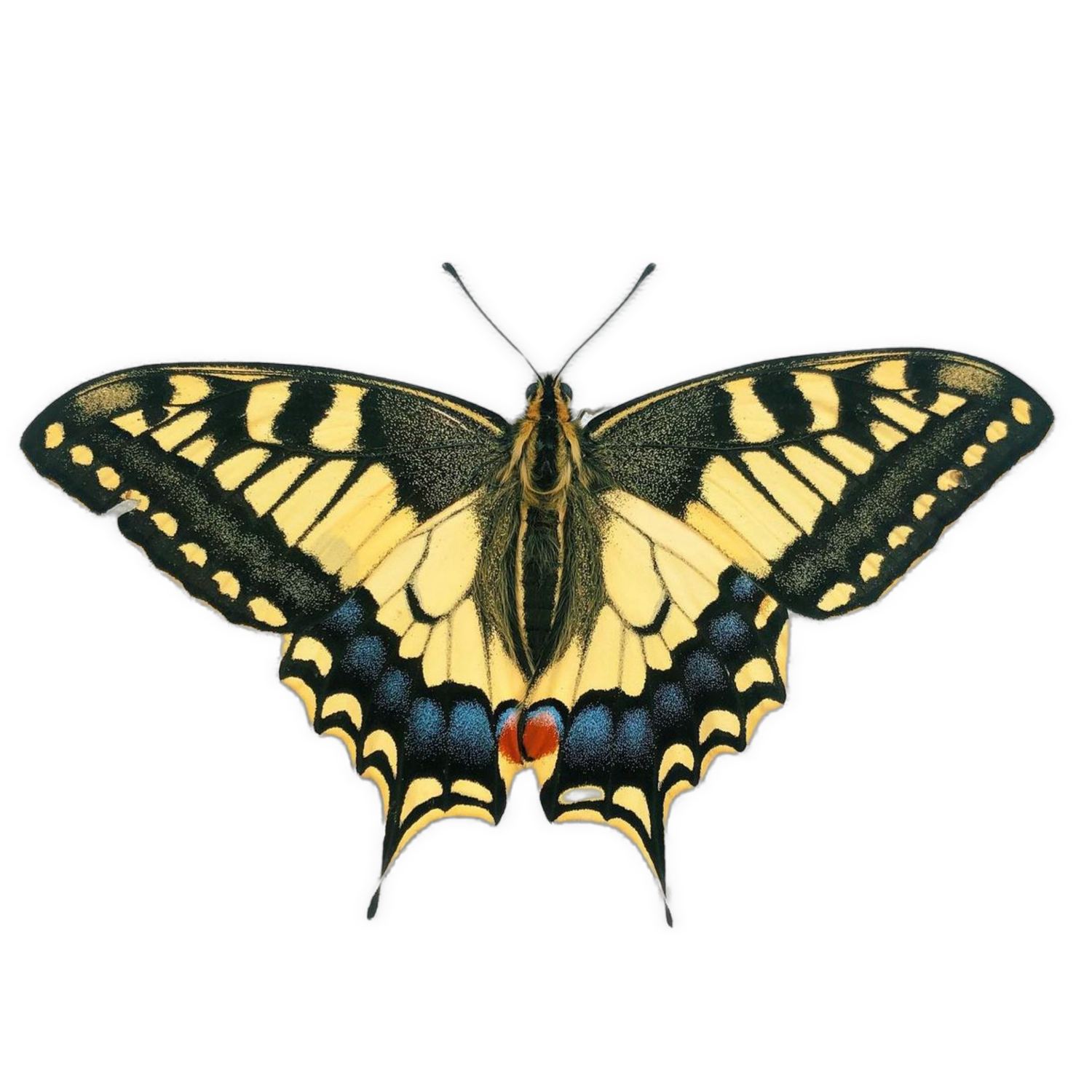Antheraea mylitta EGGS
These are large, beautifully varied moths from India and neighbouring parts of Asia. Often farmed for silk production, cocoons are rock hard and almost egg-shaped. The moth itself is striking, occuring in colours and shades of pink, orange, yellow, and brown, and breeding takes place easily in airy conditions. Eggs and caterpillars should be reared as any other species, using Hawthorn, Eucalyptus, Sweet Gum, or Oak as a food plant (others may be accepted but are unconfirmed). Multiple broods are possible in a year, though cocoons may go dormant in cool weather. Keep cocoons in a warm room and mist daily to encourage emergence. This species has not been available in over a decade!
Difficulty - Cocoons very easy (1/10); Caterpillars may require some effort (4/10)
Host plants - Eucalyptus, Hawthorn, Sweetgum, Oak
Temperature - Room temp or slightly warmer
Lifecycle - Two or three broods annually with cocoons overwintering in colder regions
These are large, beautifully varied moths from India and neighbouring parts of Asia. Often farmed for silk production, cocoons are rock hard and almost egg-shaped. The moth itself is striking, occuring in colours and shades of pink, orange, yellow, and brown, and breeding takes place easily in airy conditions. Eggs and caterpillars should be reared as any other species, using Hawthorn, Eucalyptus, Sweet Gum, or Oak as a food plant (others may be accepted but are unconfirmed). Multiple broods are possible in a year, though cocoons may go dormant in cool weather. Keep cocoons in a warm room and mist daily to encourage emergence. This species has not been available in over a decade!
Difficulty - Cocoons very easy (1/10); Caterpillars may require some effort (4/10)
Host plants - Eucalyptus, Hawthorn, Sweetgum, Oak
Temperature - Room temp or slightly warmer
Lifecycle - Two or three broods annually with cocoons overwintering in colder regions
These are large, beautifully varied moths from India and neighbouring parts of Asia. Often farmed for silk production, cocoons are rock hard and almost egg-shaped. The moth itself is striking, occuring in colours and shades of pink, orange, yellow, and brown, and breeding takes place easily in airy conditions. Eggs and caterpillars should be reared as any other species, using Hawthorn, Eucalyptus, Sweet Gum, or Oak as a food plant (others may be accepted but are unconfirmed). Multiple broods are possible in a year, though cocoons may go dormant in cool weather. Keep cocoons in a warm room and mist daily to encourage emergence. This species has not been available in over a decade!
Difficulty - Cocoons very easy (1/10); Caterpillars may require some effort (4/10)
Host plants - Eucalyptus, Hawthorn, Sweetgum, Oak
Temperature - Room temp or slightly warmer
Lifecycle - Two or three broods annually with cocoons overwintering in colder regions

